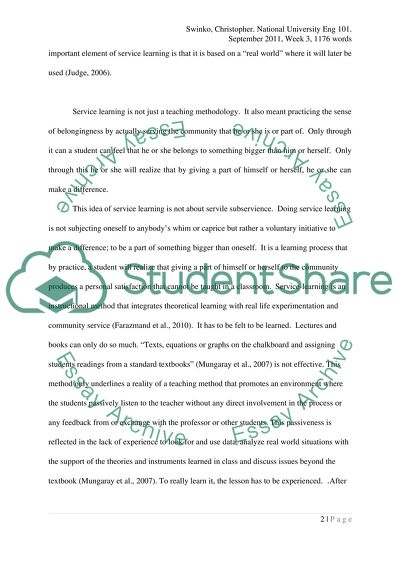Cite this document
(Service Learning Teaching Methodology Research Paper, n.d.)
Service Learning Teaching Methodology Research Paper. Retrieved from https://studentshare.org/education/1432314-service-learning-and-high-school-diploma
Service Learning Teaching Methodology Research Paper. Retrieved from https://studentshare.org/education/1432314-service-learning-and-high-school-diploma
(Service Learning Teaching Methodology Research Paper)
Service Learning Teaching Methodology Research Paper. https://studentshare.org/education/1432314-service-learning-and-high-school-diploma.
Service Learning Teaching Methodology Research Paper. https://studentshare.org/education/1432314-service-learning-and-high-school-diploma.
“Service Learning Teaching Methodology Research Paper”, n.d. https://studentshare.org/education/1432314-service-learning-and-high-school-diploma.


